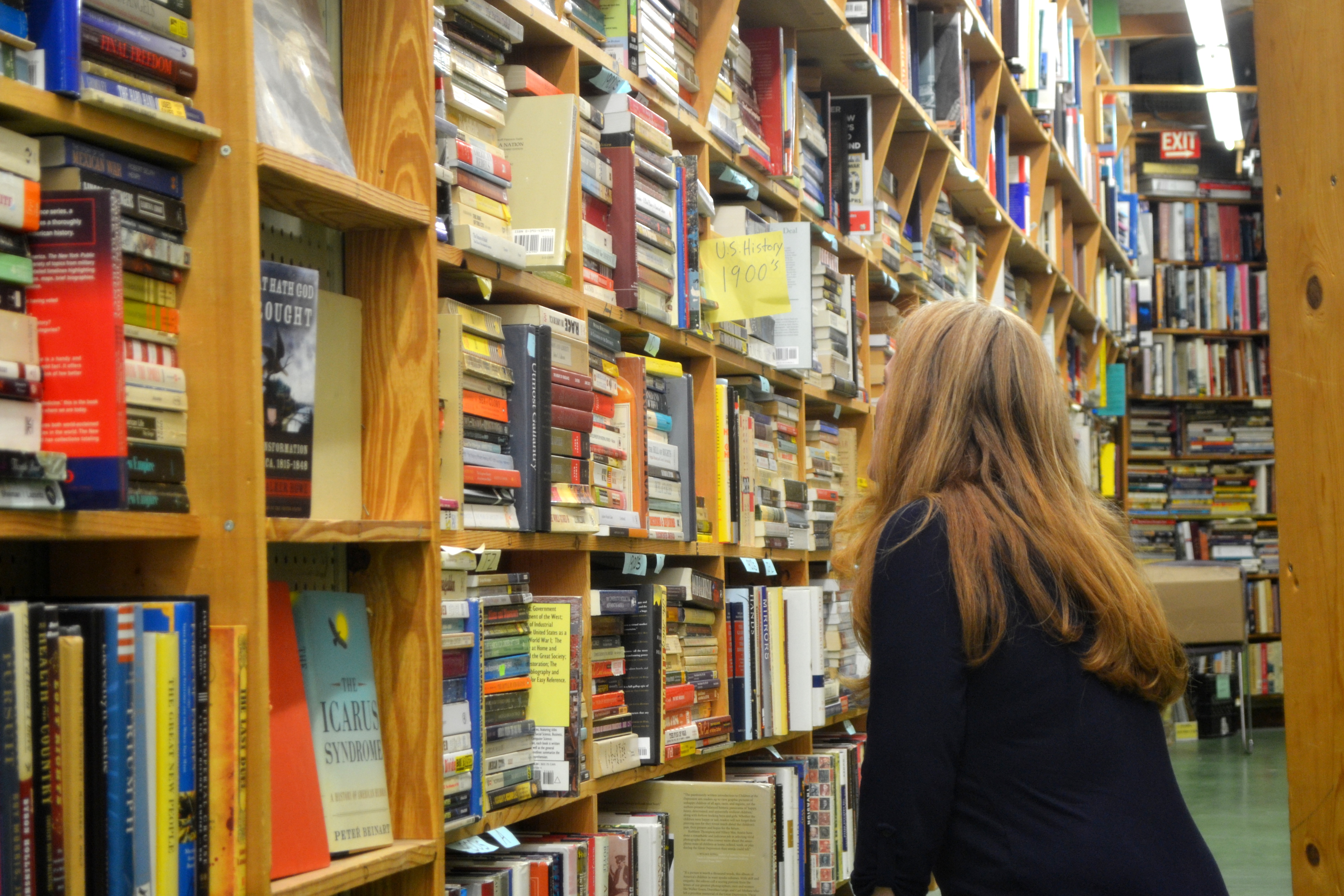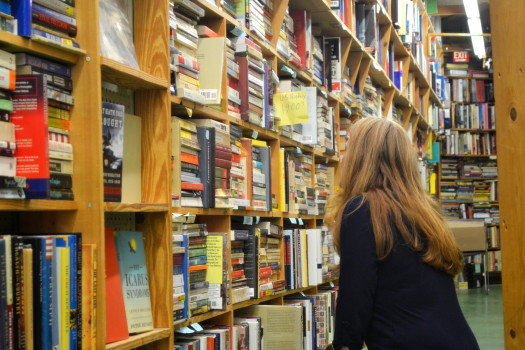
Makerspaces: Designing an Art Room and Writing Studio
Macaroni stuck to construction paper. The minty taste of glue paste. Rows of crayons with perfectly smooth conical tips and that that little flat end on the tippy top.
Those were some of my first art supply memories. I was born to makers and raised in a creative environment so when I imagine school, those experiences are already late in the game. I don’t remember learning to read because in my memory, I always did. But by second grade I was struggling with math. If it weren’t for oily modeling clay kept in our desks for busy work and Mr. Hedman’s Art Cart, I’m sure I would have come to hate school a lot earlier than I did.
Thanks to the rise in popularity of STEM education, makerspaces are becoming the new trend for libraries and classrooms. In fact, when I searched, “school libraries”, one of the top results was a pinterest page full of project ideas and art supplies to stock a creative makerspace for kids. That gave me a little pang of sadness, remembering the old brick library I first visited as a kid and the many skylit, carpeted book spaces I took my own children to for years…I like BOOKS in my library. But a perfect world has room for both. Making things requires space and supplies.
According to Makerspaces.com:
A makerspace is a collaborative work space inside a school, library or separate public/private facility for making, learning, exploring and sharing that uses high tech to no tech tools. These spaces are open to kids, adults, and entrepreneurs and have a variety of maker equipment including 3D printers, laser cutters, cnc machines, soldering irons and even sewing machines. A makerspace however doesn’t need to include all of these machines or even any of them to be considered a makerspace. If you have cardboard, legos and art supplies you’re in business. It’s more of the maker mindset of creating something out of nothing and exploring your own interests that’s at the core of a makerspace. These spaces are also helping to prepare those who need the critical 21st century skills in the fields of science, technology, engineering and math (STEM). They provide hands on learning, help with critical thinking skills and even boost self-confidence.
When I designed my own makerspace, I had multi-media work in mind. For one thing, that’s my day job, which I do from home, and work hours will be the dominant use of my space for the several years to come. This meant my desk, it’s position, lighting, computer and related technology had to top the list of priorities. By itself, that’s an office. So what makes my space a studio/makerspace instead of just a boring old grown up office in the back room of my house?
- My large work table. One end is a desk. The other 7 feet is spacious enough to accommodate a sewing machine, drafting mat, and scrapbooking area. I can remove all that and lay out a large canvas. As a table, it can be as versatile as it needs to be.
- Giant whiteboard. We bought ours from Amazon and it’s classroom size. I carefully plot out my novels and screenplays and had been previously trying to do this on large sheets of paper that came on a roll. Effective but not ideal if I needed to erase and modify anything. The white board is perfect for how I use it now and like the table, if I want to do something else, it’s versatile.
- A very large bulletin board. Ideas come in bits and pieces. I usually transfer these to post it notes and photos, which make a work space messy fast. The bulletin board is a good solution and gives me an excuse to buy really cute push point pins.
- 4 large Ikea book cases. Because, BOOKS. They are my friends. I needed them close by. They are also reference material, memory storehouses, and educational material.
- Lighting. I went with floor lamps, also from Ikea, that can double as video spot lighting. Another example of the power of versatility.
- A bathroom. Sink, shower, tile…all of these are essential for messier art projects
- Easels. I have a large one that stands near a window and a smaller one for the table top.
- Camera tripods
- Green fabric “green screen”. I got this from the local fabric store. Bright green fabric that can be stretched flat for video projects.
- Supply closet: acrylic, water, and oil paints; crayons; charcoal and graphite; stack of canvases; a variety of papers; jugs of gesso; sewing notions; costume props; musical instruments
- Rolling art cart. Also, from Ikea. The top on serves as a “desk drawer”. The bottom two hold paintbrushes and palettes, masking tapes and large clips.
There are a few things on my dream list, like sound panels for better audio editing ability and a recording studio set up. My primary use of my space is computer related and writing, so my makerspace differs from my mother’s (primarily sewing related, with irons and machines and large tables) and my dad’s (primarily wood working, with machinery, rows upon rows of tools and and a spray room for finishing). My children would all prefer tools in theirs and some versatile work counters for cutting stencils. One of my sons dreams of a dark room. While there are several features that can be common, makerspaces have an element of the personal to them that is unique to the artist using them.
The most valued aspect of my makerspace is actually the door. A boundary between the ordinary world and a personal creative space can’t be over-emphasized. Room for thoughts and ideas, room to explore, room to work…that’s defined as much by what it is not as by what it is. This room is not a family room (although family is welcome to visit). It’s a classroom. Not the kitchen. Not an office. Walls and a door are vital. Creative souls will persist in finding ways to carve out space in communal areas but they aren’t ideal.
Here’s some cool additional reading:
The Most Interesting Makerspaces in America, by Make.com
Very cool makerspaces for kids, by Fatherly.com
This photography feature in the New Yorker on What Goes On in the Artist’s Studio?
This beautiful collection of Famous Workspaces on Tumblr

Photo taken at Chamblain’s Bookmine in Jacksonville, Florida
Leave a Reply
You must be logged in to post a comment.

